By John Osborn, Jr.
In August 1942, with Operation Barbarossa at its height, the invader in coal shuttle helmet and field gray uniform crawled on his elbows through brush up the hillock, pistol in his right hand.
[text_ad]
“I reached the crest of the hillock; one jump from me a Russian officer was crawling forward flat on his stomach, exactly as I was doing!” he remembered. “We fired simultaneously. His bullet whistled by my ear. Mine hit my luckless adversary right in the middle of the face.”
In January 1945, in a wooded area inside Germany itself, another soldier in German uniform was in his own death duel with a Russian. “We took turns shooting at each other—head up, head down, up, down. Finally, the Russian made a mistake. Either because he was too lazy or in order to fire more quickly, he let his machine gun stay up, visible to me, while he ducked down to wait for the next shot. I squeezed the trigger then stayed up with my finger on the trigger. There! His head was up again behind his weapon, and before he could react, he had a hole between his eyes. The head was thrown back, then sank, disappeared and his limp hand dropped the weapon.”
Neither of these men fighting for Hitler was a German. The first was an extremist politician from Nazi-occupied Belgium. The other was a deserter from the army of neutral Sweden. They were among the hundreds of thousands who for reasons ranging from the polar opposites of conviction and coercion, with opportunism and sadism in between, fought in the foreign legion that Henrich Himmler authorized within his Waffen SS.
Finding Recruits
Himmler’s military ambitions had been frustrated when Hitler sided with the German Army high command to decree that the Waffen (Armed) SS could not be more than a tenth the size of the Wehrmacht due to manpower requirements. The head of Himmler’s recruitment office, Gottlob Berger, came up with the solution: racially suitable foreigners.
“No objections against a further expansion can be raised by the other armed forces if we succeed in recruiting part of the German and Germanic population not at the disposal of the Wehrmacht,” Berger argued. In the course of the war, 125,000 men from occupied Western Europe and Scandinavia would enter the Waffen SS; volunteers even came from neutrals, up to 800 from Switzerland, 130 from Sweden. All of them were left in no doubt by Himmler: “You subordinate your national ideal to a greater racial and historical ideal, that of the German Reich.”
German propagandists, and later apologists, would depict the SS volunteers as crusaders against communism, even an early NATO. The invasion of Russia undoubtedly inspired some. “Along the Eastern Front the fight against the world enemy is in full swing,” the commander of Danish volunteers would declare.
Yet many of the first recruits came out of prewar pro-Nazi groups while the preparations for Operation Barbarossa were still secret. Some were ex-soldiers or police unemployed after the Nazi occupation of their homelands. A later psychological study of Dutch volunteers (the Netherlands provided 60,000, more than any other country) found the primary motivations were the same ones leading to becoming a French Foreign Legionnaire or a mercenary—adventure, boredom, the money, or trouble with family or the law.
Gottlob Berger admitted, “We will never be able to prevent men from joining who are neither National Socialists nor idealists, and instead take this step for more materialistic reasons.” Even the most notorious of the volunteers, for all his loud admiration for Hitler and anti-communist fervor, still had his own deluded reason for fighting.
Astounding Casualties
“If I had a son, I would want him to be like you,” Leon Degrelle would claim Hitler told him. Degrelle was a Walloon (French-speaking) Belgian and the charismatic leader of a prewar Fascist movement, the Rexists. Because of Degrelle’s French heritage, the Nazis initially rebuffed his efforts to work for them when they occupied Belgium, but when Hitler attacked Russia he organized a brigade of Walloon volunteers.
“We had given this gift of our youth in order to guarantee the future of our nation in the midst of a rescued Europe,” Degrelle was to write. “Hitler, as victor would, I am certain, have recognized the right of our nation to live and be great, a right that it acquired for itself slowly, with difficulty, by the blood of thousands of Belgian volunteers.”
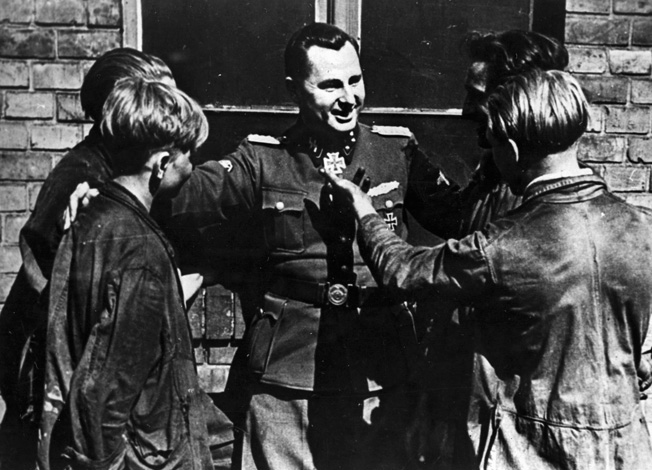
Declining a commission since he had no military experience, Degrelle enlisted in his own brigade as a private. He would earn battlefield promotions to colonel, be wounded five times, and twice earn the Knight’s Cross. By the war’s end, of the 6,000 to serve in his brigade, 45 percent were killed, 87 percent wounded, and Degrelle was one of the only three survivors of the original 800.
Degrelle and his Walloons had to fight with the Wehrmacht until accepted by the Waffen SS in June 1943. The first foreign Waffen SS volunteers fought with the 5th SS Panzer Division “Wiking.” Among foreign volunteers in the Waffen SS, 630 Dutch, 294 Norwegians, 216 Danes, a Swiss, and a Swede, 17–year old Hans Linden, were killed in action on December 27, 1941.
Others, including 2,559 Dutch, 1,164 Danes, 1,218 Norwegians, and 875 Flemish (German-speaking) Belgians, served in Freiwilligen Legionen (Volunteer Legions). Officially independent, they were secretly controlled, often ruthlessly, by the SS. Behind the propaganda façade of Germanic-Nordic unity against communism, the Catholic Flemish were abused and denied Mass, and Dutch and Danish officers showing too much independence were demoted or dismissed. “Every tie, every connection, between German and Norwegian was lacking,” one legionnaire discovered, too late.
Not up to the standards of ethnic and racial perfection then demanded by Himmler, the legionnaires had less training and fewer arms than the Wiking recruits, and they were then sent into combat piecemeal. The results were devastating. The Norwegians had a 50 percent casualty rate, the Dutch 80 percent; the Flemish had only 60 left at the end. In a bitter historical irony, 121 Danes were killed at Demyansk in May 1942, while only 13 Danes had died resisting the German invasion of Denmark on April 9, 1940.
When the Danes paraded on furlough shortly afterward, the Copenhagen crowds jeered at them. They were not the only ones to be regarded with contempt. Himmler acknowledged that at least a third of his foreigners were ostracized by their wives or families. One Norwegian admitted, “My father has very little sympathy with my political beliefs. So little that when I tried to visit him on Christmas Eve while on leave (I hadn’t seen him for seven or eight months) he threw me out.”
Eastern Europe and the Balkans
In May 1943, the SS dispensed with the fiction of the legions’ independence, disbanding them and incorporating those who were left and those to come into either the Wiking Division or new formations. Himmler by then had scoured Eastern Europe for more Volksdeutch (ethnic Germans outside the Reich). After rounding up—largely by conscription—45,000 in Romania, 42,000 in Hungary, and 17,000 in Serbia, he persuaded himself that Estonians were German enough to justify taking 6,500. Then 15,000 men from Latvia, 30,000 from the Ukraine, and 5,300 from Slovakia were impressed. As it turned out, Himmler could have saved himself the bother. Except for the Latvians, the Eastern units proved unenthusiastic and militarily useless.
Ranging furthest afield from his racial fantasies, Himmler actually recruited Muslims in the Balkans—26,000 from Bosnia, 6,000 from Albania—complete with fezzes, special rations, and imams. As he rationalized it, Islam “assumed the task of instructing men, promising them heaven if they fight with courage and get killed on the battlefield. In short it is a very practical and attractive religion for a soldier!” In fact, the Bosnians murdered their German instructors while half the Albanians deserted; the half staying proved effective only at slaughtering civilians. Himmler finally disbanded them.
Brits, Indians, and Swedes
For propaganda reasons, Himmler even accepted 2,000 Indians captured in North Africa. “A joke!” Hitler would call them. Fifty-eight specimens of human flotsam were dredged out of the POW camps, forming the British Free Corps. The Corps’ leader, Sergeant Thomas Cooper, felt ostracized for having a German mother, and he joined the British Union of Fascists. In Germany when the war began, he was one of the first foreigners accepted into the Waffen SS, took part in massacring Poles and Jews, and was wounded and decorated before being assigned command of these British boozers and brawlers.
There were still a few deluded, true believers joining. One of them was an Army deserter from Sweden. Erik Wallin had belonged to the Nazi movement in his country but only as a follower. He fought Russia before Hitler or Leon Degrelle, as a volunteer for Finland in the Winter War. In 1943, he crossed the border into occupied Norway to join the mortar platoon of the Swedish company in the 11th SS Panzergrenadier Division “Nordland.” Wallin would soon find the struggle on the Eastern Front was no longer about eradicating communism. Instead, it was an exercise in sheer survival.
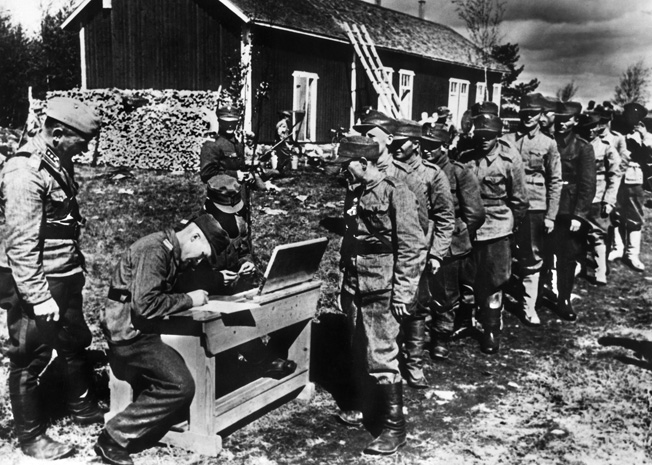
The Reich on its Last Legs
Degrelle and his Walloons fought the rearguard in the breakout of the Cherkassy pocket in January 1944, with only 632 men of an original 2,000 remaining. “During the three weeks of encirclement I had personally engaged in 17 hand-to-hand combats,” Degrelle later wrote. “Even now I am seized with a sort of dizziness when I think of those days of horror, the leaping bodies, and the rat-atat-tat of my hot submachine gun.”
By 1945, the Waffen SS was half foreigners, increasingly collaborators on the run or forced labor conscripts. The desperate Western units fought perhaps even harder than the Germans themselves, while the Eastern formations came apart.
Erik Wallin was himself trapped on the Courland Peninsula in Latvia, firing his mortar for 10 days and nights, holding off Russian assaults. “With wet blankets we ran from mortar to mortar, to cool off the gleaming hot barrels,” he would recall.
Degrelle was evacuated across the Baltic and slowly driven back to Berlin with only 40 men of his company still left. “We fought, ran, drove, dug in, fought, ran and drove on again, all without pause.… The wave from the east rose and rose, and became implacably closer. It was thrown forward on tens of thousands of American trucks, and was fed by many millions of tons of American supplies. But still we believed!”
Wallin would vent, “Should our part of the world be ruined because a few, temporarily powerful, were blinded? In their hatred, and with all their power, they had helped break down the barrier beneath a torrent of barbarism and brutal rawness, that in a wild anger threw itself against our protective wall.”
Degrelle fought a desperate last stand for two months along the Oder River. “A few hundred men, deprived of everything, exhausted, in the mud, had to face an avalanche of adversaries clambering on countless tanks, roaring, smashing, crushing everything in their way,” he later wrote.
The Walloons fired panzerfaust antitank weapons point-blank at Soviet armor. Degrelle narrowly avoided a sixth wound, a bullet going through his collar and grazing his neck. Driving to headquarters for orders he ran into a column of Soviet tanks and had just enough time to jerk the wheel around and gun for safety.
In a single day one Walloon battalion suffered 94 percent casualties, 615 of 650. Degrelle finally fled with survivors into Denmark, then left them to find Himmler for new orders. Soon learning of Hilter’s death and with his troops caught in the sudden surrender of northwestern Europe, he fled further north into Norway.
The Collapse of the Foreign Waffen SS
The foreign Waffen SS movement came to an apocalyptic end in the ruins of Berlin. Spanish diehards from Generalissimo Francisco Franco’s Blue Division fell fighting around the Reichs Chancellery. A contingent of 330 Frenchmen defended Gestapo headquarters on the Albrechstrasse; one of them, a 20-year-old plumber, Eugene Vanlot, was awarded the last Knight’s Cross in a street corner ceremony for destroying eight Soviet tanks in 24 hours. His luck ran out three days later.
An SS general had inspected the British and found them unfit for combat. Instead, they were put to work driving trucks, directing traffic, and evacuating civilians while taking the opportunity to evacuate themselves as well.
Erik Wallin was also caught up in the maelstrom of Berlin. His personal crusade came to a stunning conclusion: “We had just put our feet on the first step to the cellar, when suddenly the entire gable collapsed over us. A violent air pressure tore our helmets off and we were half buried in gravel and lumber … I tried to crawl to my feet, but failed.”
The explosion had torn a gaping wound in his left thigh. With a German woman supporting him, he hobbled in greatcoat, without trousers, unshaven, submachine gun hanging from his neck across his chest, to the still functioning Swedish legation on the Tiergartenstrasse. He was offered asylum but decided to go back, eventually finding a school being used as a hospital. He lay on a cot for three days listening to the Battle of Berlin being lost. Then Soviet troops swept in.
The Cost of Collaboration
With war’s end, retribution began. French SS, marching home, ran into Free French; words were exchanged and the Free French commander had the French SS shot on the spot. The Estonians and Latvians were immediately executed in Stalin’s hands. The remnants of a 3,000-man Italian force of Fascist renegades recruited after Mussolini’s fall, then half decimated at Anzio, surrendered to Partisans and were massacred to a man. A wounded officer was dragged from his hospital bed and killed.
For those reaching home, there was ostracism, lifelong loss of civil rights, and sometimes jail, or worse. The commander of the Danish Volunteer Legion was executed, and others received prison sentences of up to 10 years. In Britain, Thomas Cooper was sentenced to death, then had the sentence commuted to life and was released in 1953 while three other miscreants got 15 years. The rest were let off with fines or short terms.
Erik Wallin managed to escape from the Russians. The Swedish legation smuggled him civilian clothes and a Swedish passport, and he was able to talk his way out of captivity. Hiding in Berlin for two weeks, he encountered his company commander, and they walked west to the Elbe River where the Red Cross listed them as Italians to cross.
Back in Sweden, Wallin soon found himself in jail, convicted of stealing government property—the army uniform he had deserted in! He served a few tough months in prison, the other prisoners freely using him as a human punching bag while the guards looked the other way.
Although his experiences would have been enough for most men, they were not for Wallin, and he spent the rest of his life adventuring around the world. Although he survived the war, he did die among his Nordland comrades, dropping dead of a heart attack at a reunion in Germany.
Leon Degrelle also escaped. Reaching Oslo, he flew 1,500 miles across Europe on V-E Day, crash-landing on a beach in Spain, out of fuel.
Unlike Wallin, Degrelle could never return to Belgium, where he was under a sentence of death. “We had fought for Europe, its faith, its civilization. Sooner or later Europe and the world would have to recognize the justice of our cause and the purity of our gift,” he defiantly wrote. Unrepentant to the end of his life, at age 87 in 1994, his response to whether he had regrets was, “Only that we lost.”
Originally Published September 2010
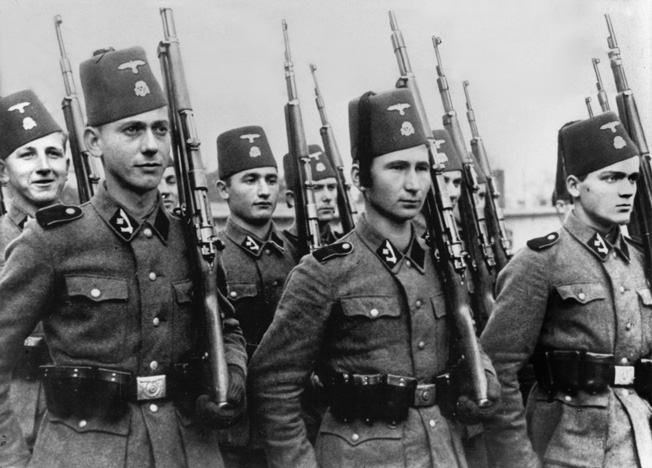
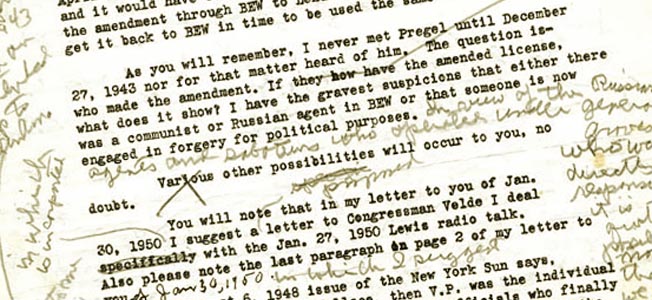
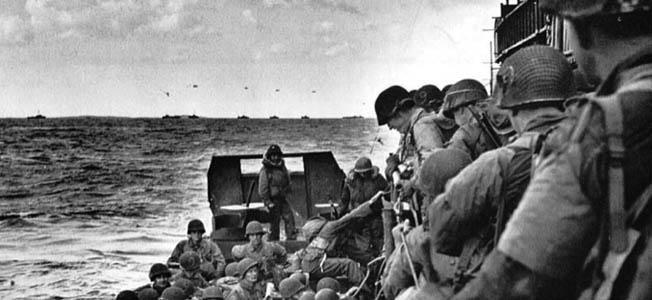
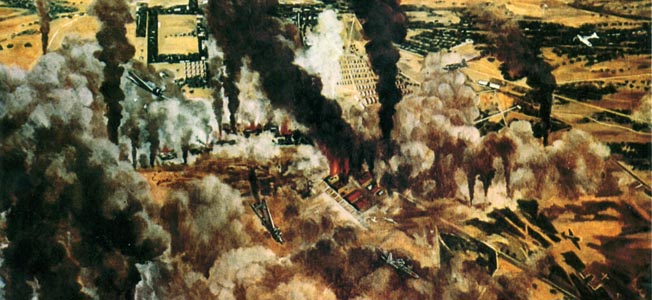
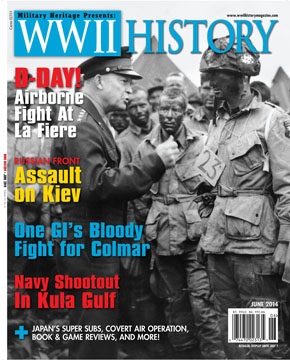
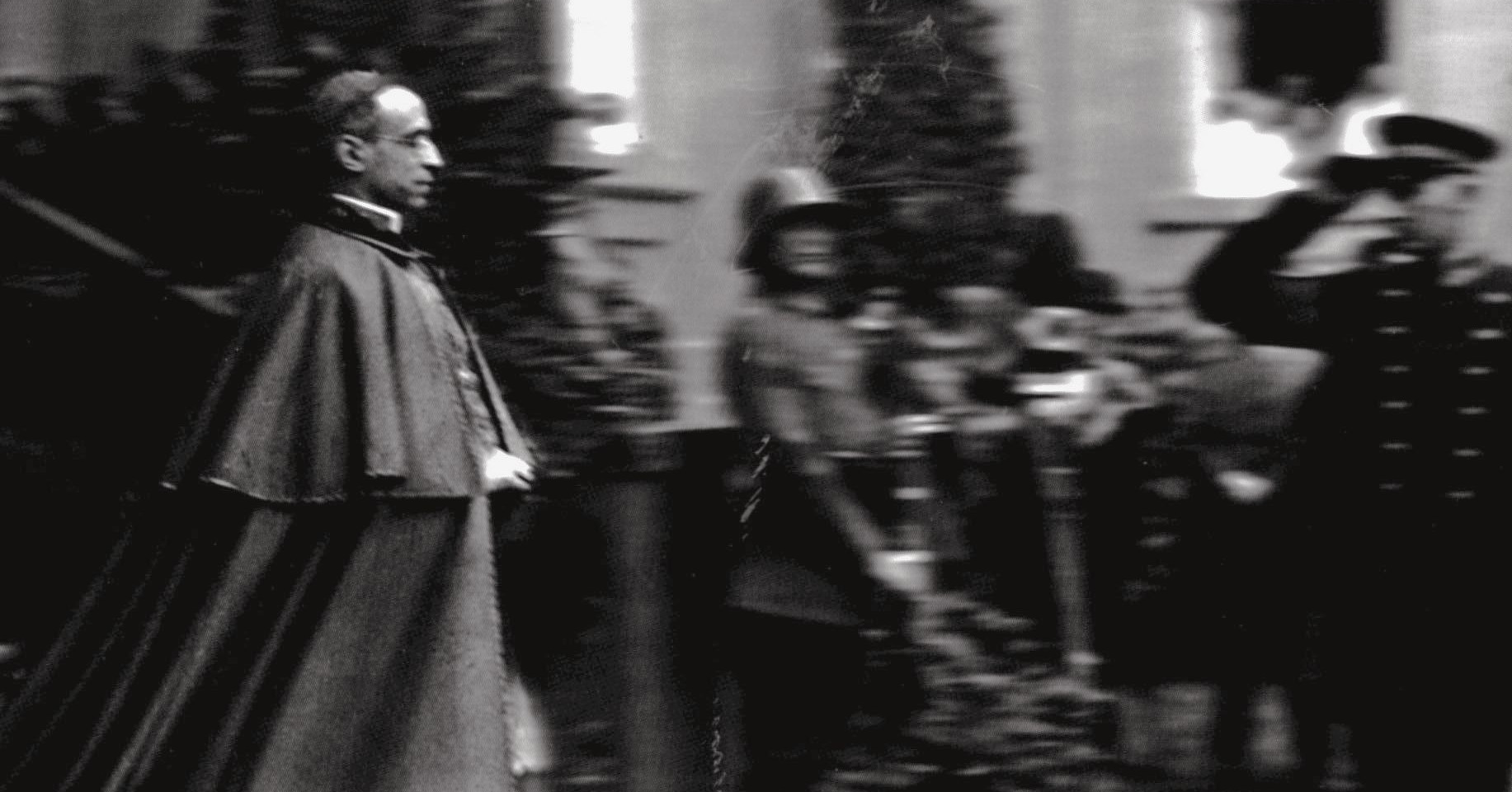
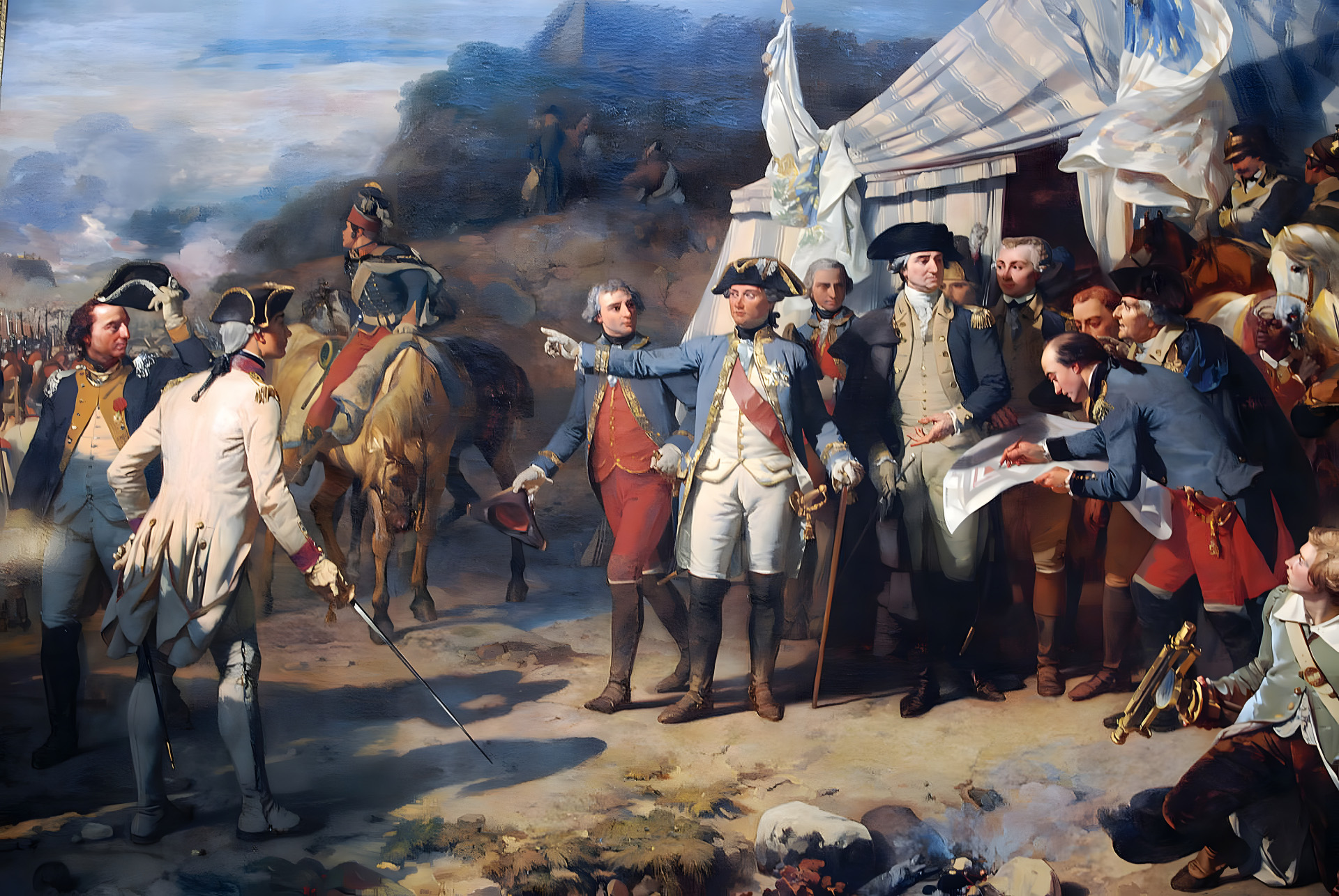
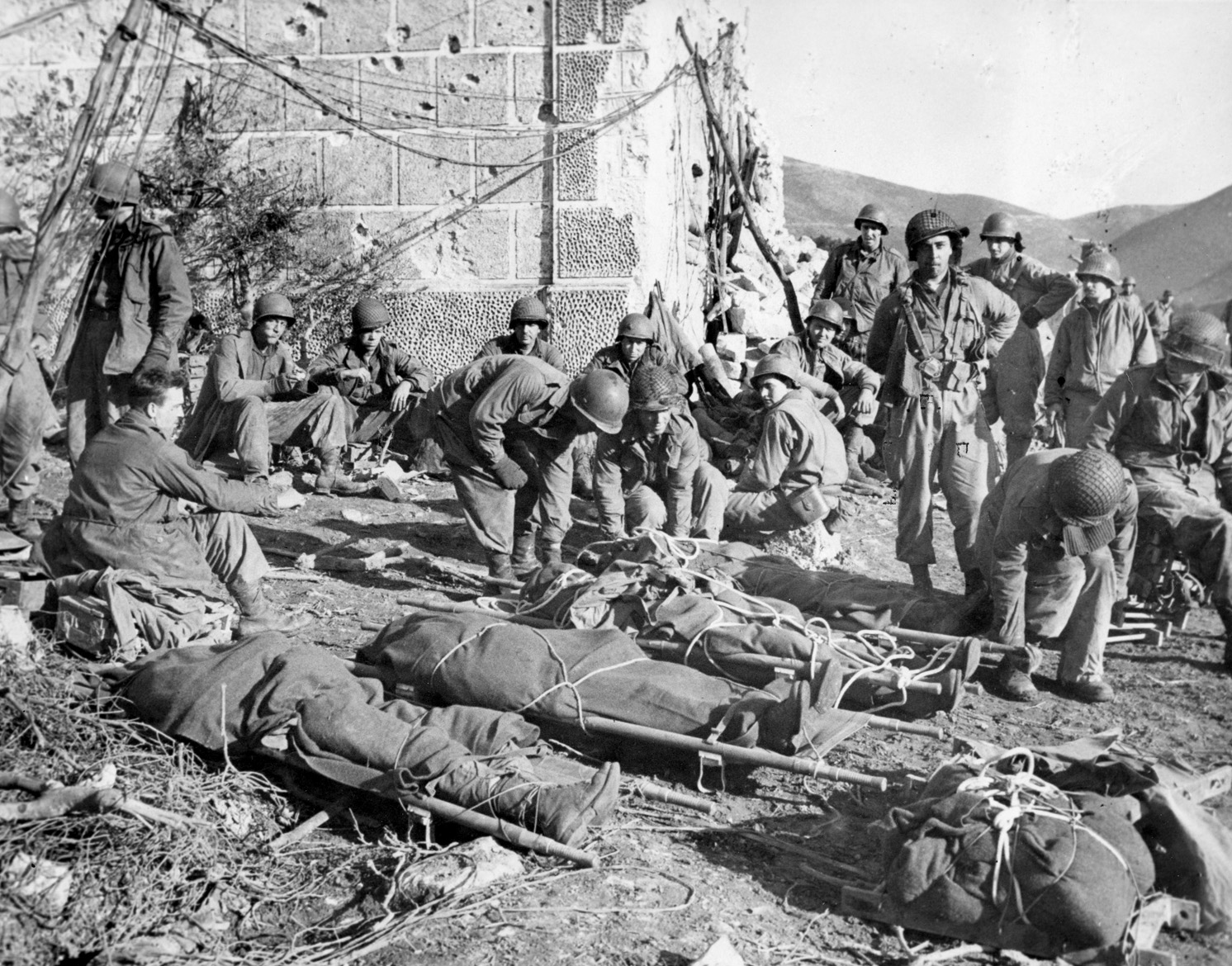
Join The Conversation
Comments
View All Comments